Early Childhood Education: Sociology Research Annotated Bibliography
VerifiedAdded on 2022/10/06
|5
|961
|45
Annotated Bibliography
AI Summary
This annotated bibliography analyzes two research articles focusing on risky play in early childhood education. The first article, by McFarland and Laird (2018), explores the attitudes and practices of parents and educators regarding children's outdoor risky play, highlighting the importance of supporting motor skills, free exploration, and risk assessment. The second article, by Little, Shirley, and Gibson (2011), investigates the influence of play context and adult attitudes on children's physical risk-taking, emphasizing the role of educators and parents in providing opportunities for risky play while also acknowledging the challenges related to safety concerns and regulatory factors. Both articles provide valuable insights into the benefits of risky play for child development, including the development of decision-making skills, coping with failure, and testing boundaries, while also highlighting the need to address potential safety concerns and the influence of adult perspectives on children's play experiences. The bibliography provides a critical analysis of the articles, including their strengths, weaknesses, and relevance to early childhood education.
1 out of 5
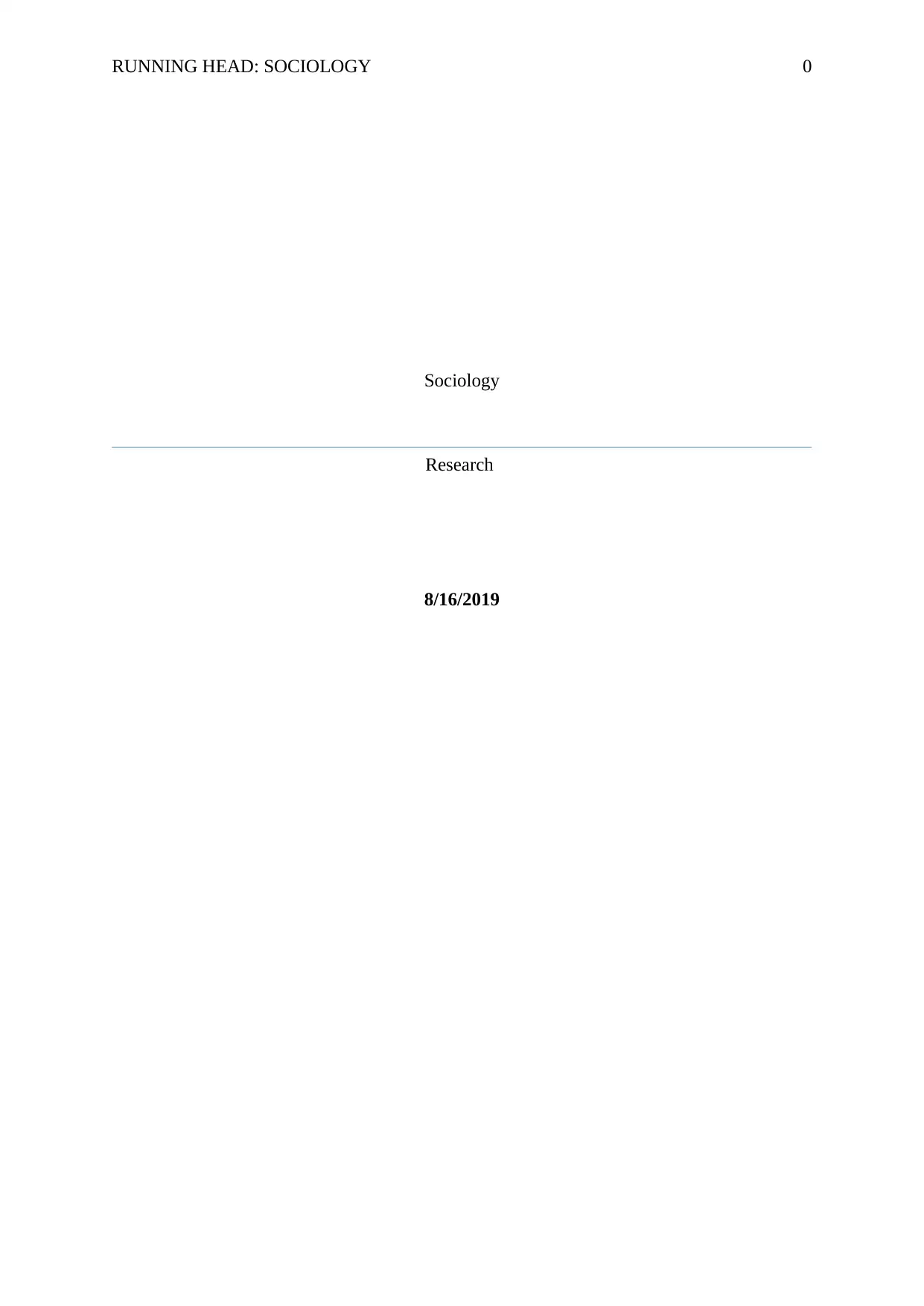
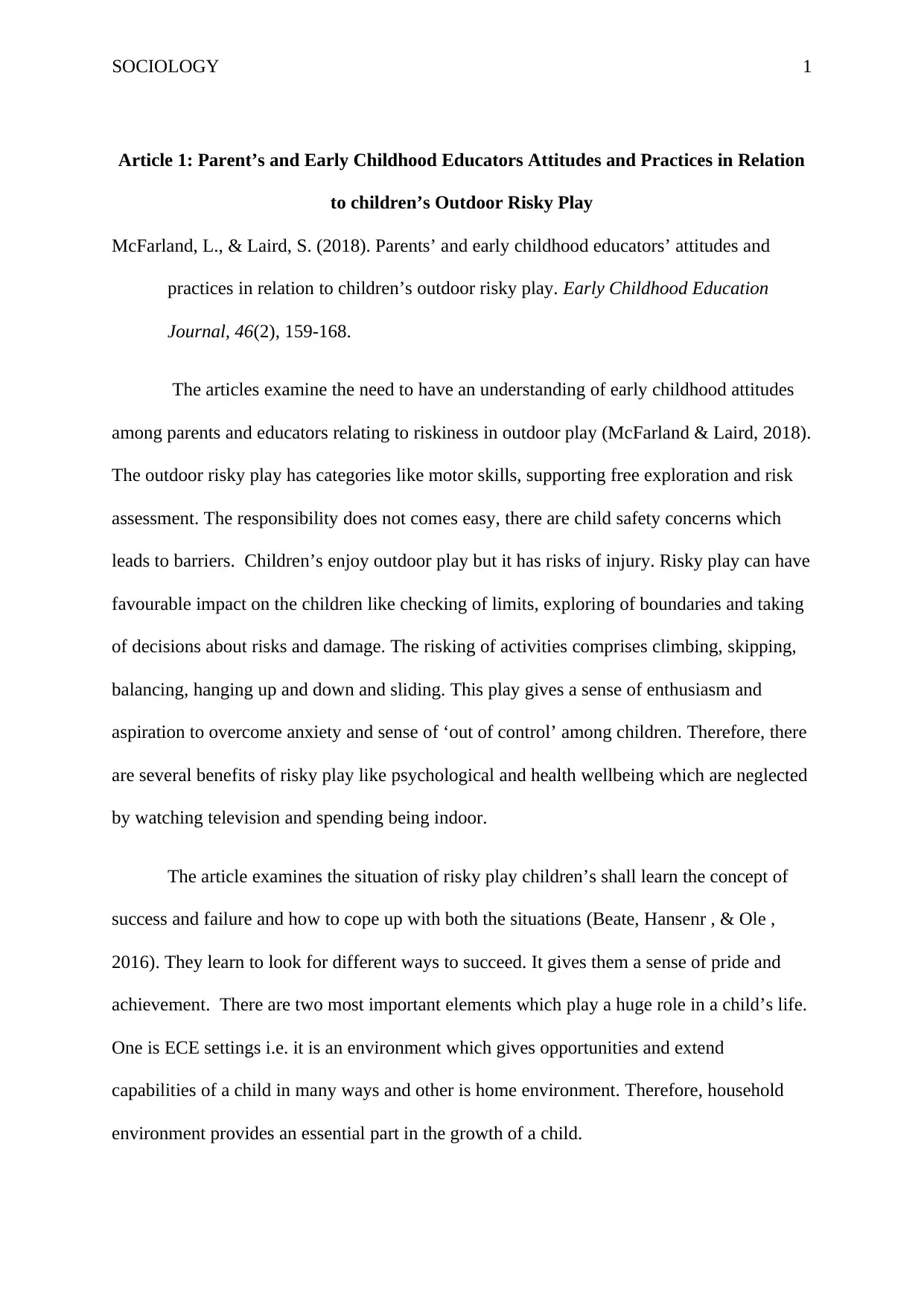
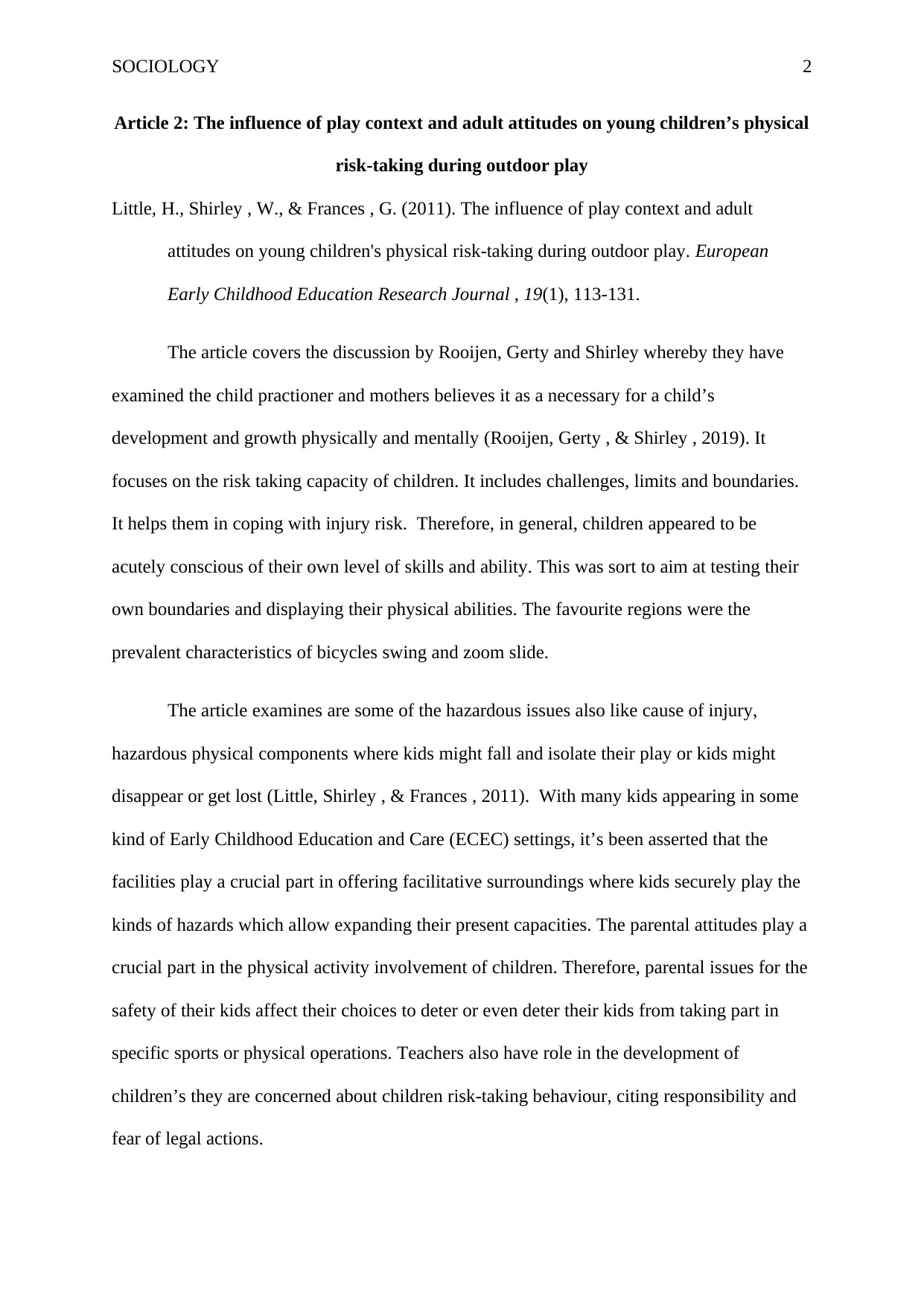

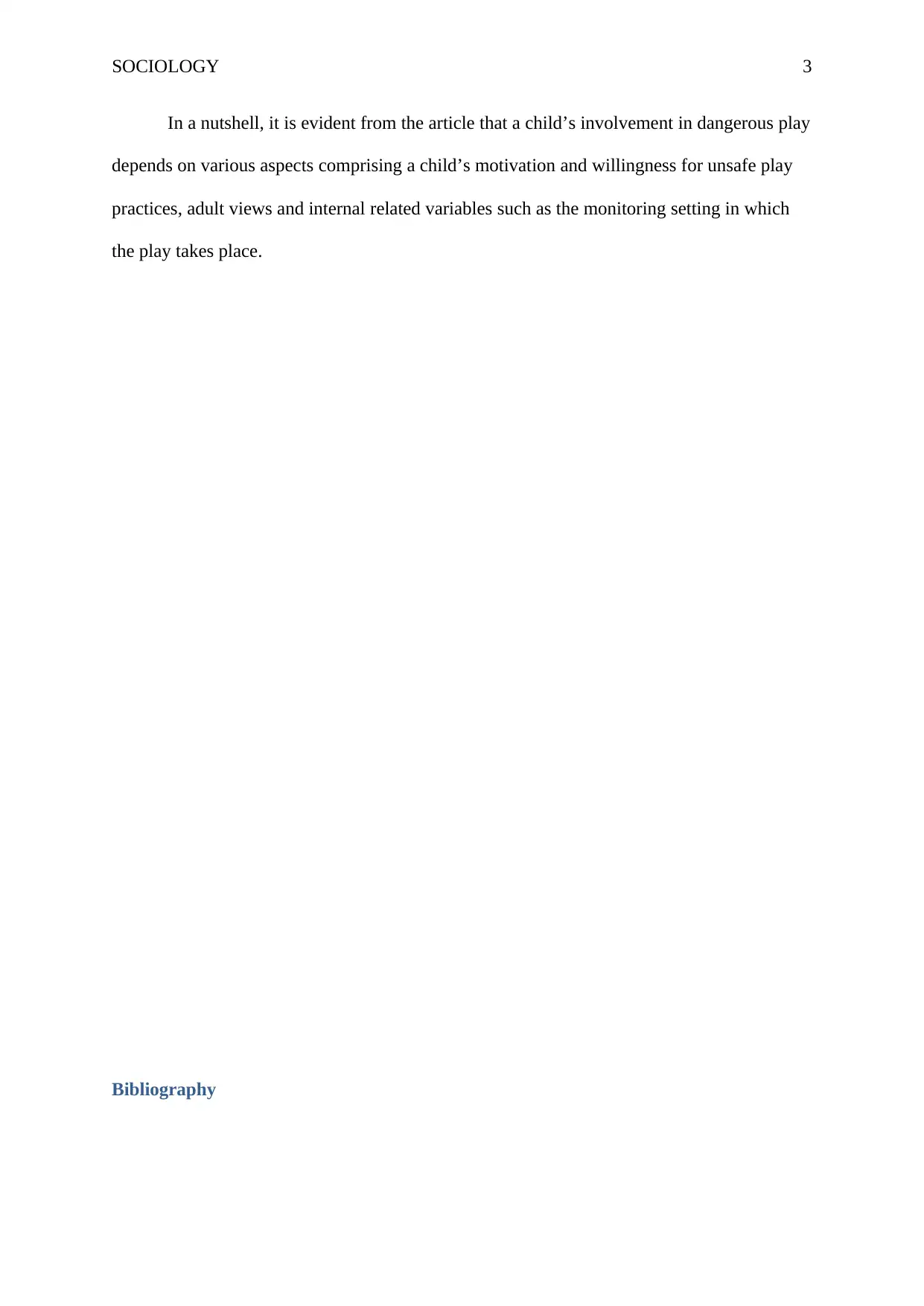
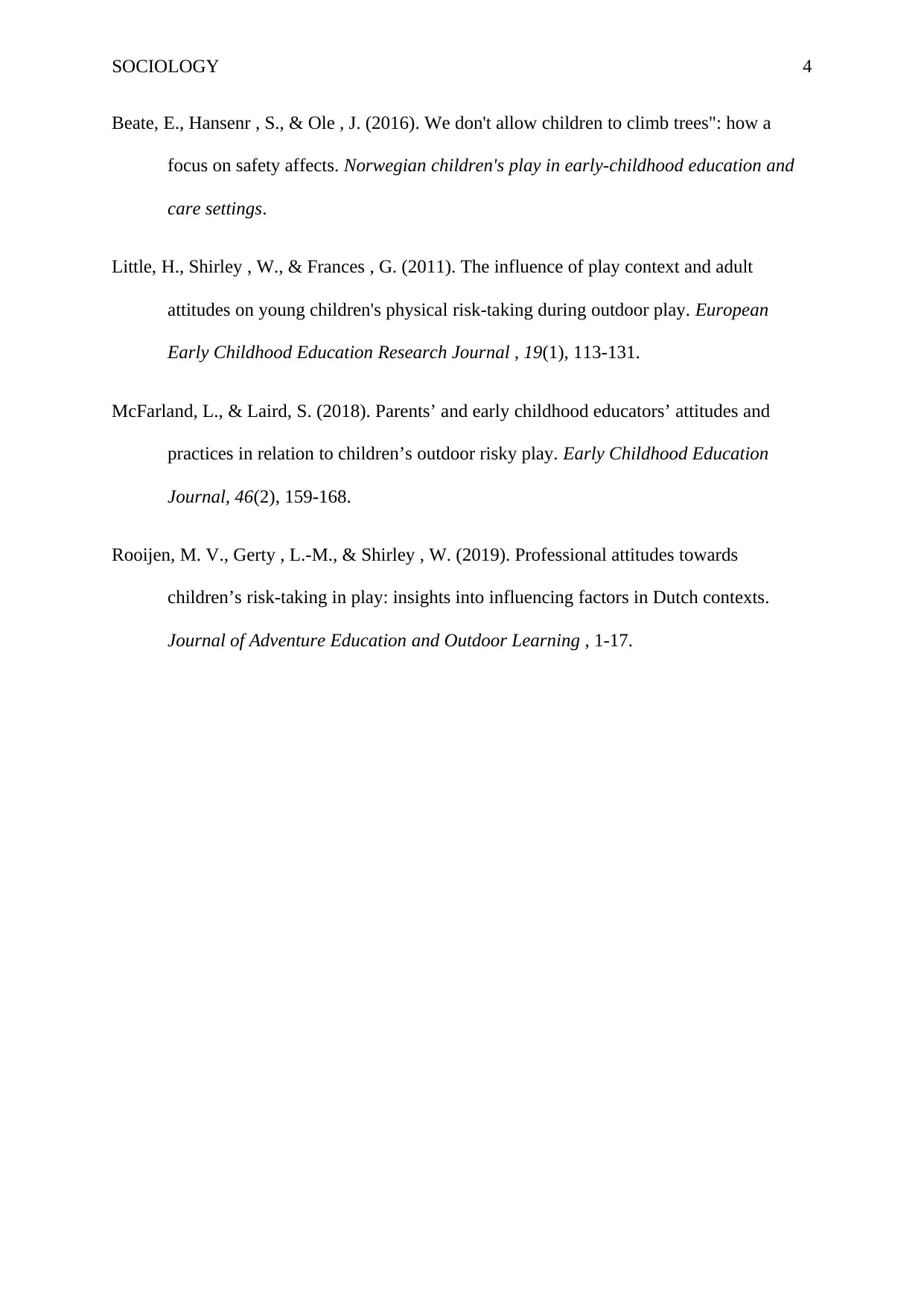





![[object Object]](/_next/static/media/star-bottom.7253800d.svg)